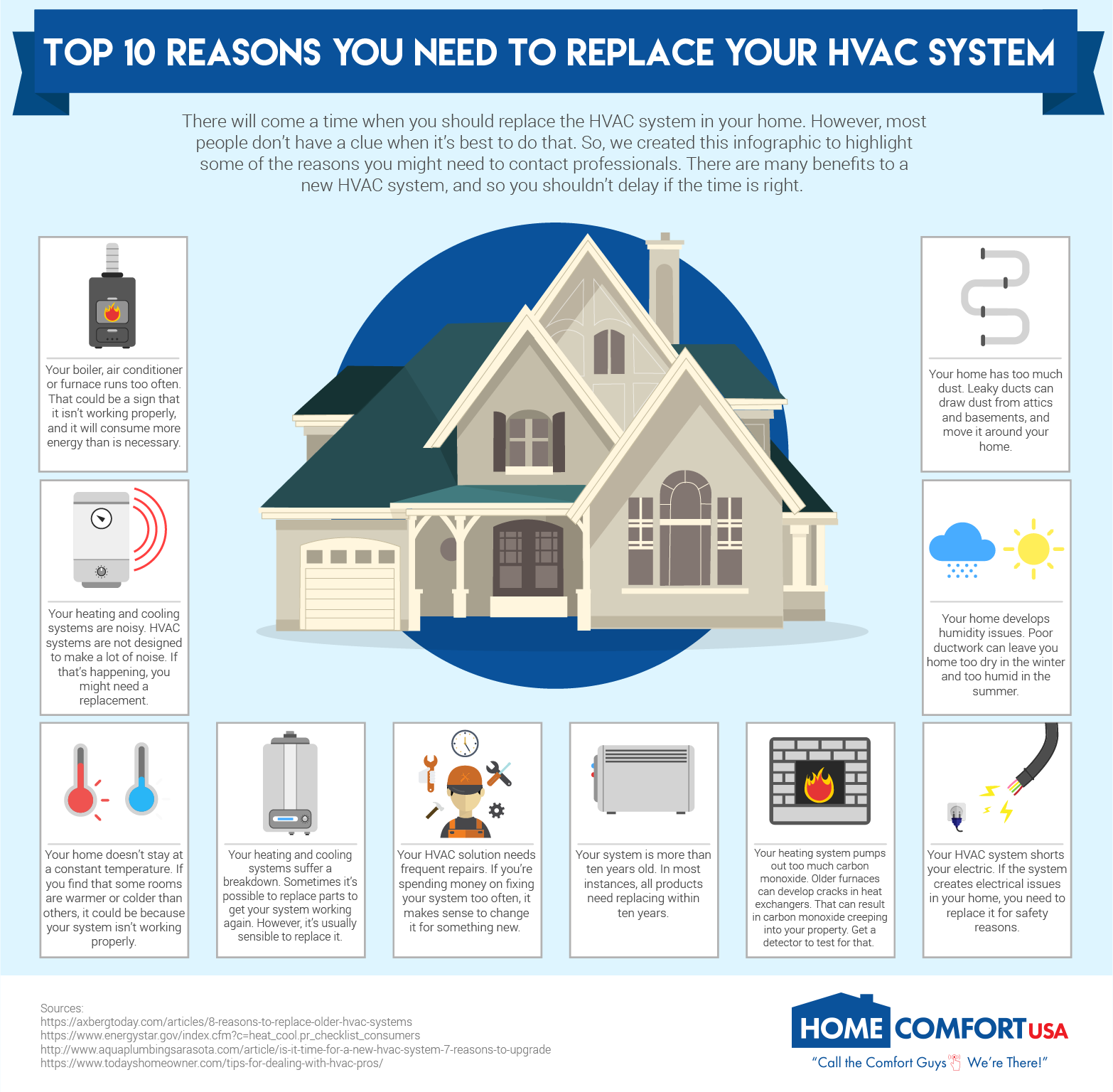Discover Methods To Preserve The Performance And Durability Of Your Heat Pump System By Preventing Usual Setup Blunders
Discover Methods To Preserve The Performance And Durability Of Your Heat Pump System By Preventing Usual Setup Blunders
Blog Article
Material Author-Ware Rankin
When setting up a heatpump, you need to stay away from typical errors that could threaten its efficiency. Ignoring correct sizing might result in ineffectiveness and greater utility costs. Neglecting insulation and sealing can cause power wastefulness and stress on the system. Additionally, positioning the exterior device improperly might influence its efficiency. By preventing these mistakes, you can guarantee optimum operating and sturdiness of your heat pump system.
Improper Sizing of Heatpump
When it comes to the installment of heat pumps, one of the most common mistakes is improperly sizing the device for your area. Guaranteeing the right size is critical for ideal efficiency. If the heat pump is too small, it will certainly have a hard time to warmth or cool your area efficiently, bring about enhanced energy bills and prospective wear and tear on the unit.
On the other hand, if the heatpump is also huge, it will cycle on and off regularly, triggering temperature changes and minimizing its life expectancy.
To prevent this mistake, it's essential to have a specialist evaluate your room and recommend the appropriate dimension of the heat pump based upon variables like square video footage, insulation, ceiling height, and regional environment. By investing the time and initiative to make sure the correct sizing, you can enjoy a comfy atmosphere while making the most of power efficiency and extending the life-span of your heatpump.
Inadequate Insulation and Sealing
To make sure the effective procedure of your heat pump, it's vital to deal with insufficient insulation and sealing in your room. Correct insulation aids keep a consistent temperature level inside, minimizing the work on your heat pump. https://www.facilitiesnet.com/hvac/tip/HVAC-Upgrades-Nationwide-Target-COVID-19--47644 can bring about power loss, making your heat pump job harder and less successfully.
Securing https://sliding-window-track-clea83837.webdesign96.com/31717276/typical-blunders-to-stay-clear-of-during-heat-pump-installment of voids or leakages in your area is just as vital. These spaces permit conditioned air to leave and outdoor air to leak in, compeling your heatpump to compensate for the temperature fluctuations.
Wrong Placement of Outdoor Unit
Resolving the placement of your heatpump's outdoor system is key to maximizing its performance. Setting up the outdoor device in an incorrect location can cause efficiency concerns and potential damages to the device.
One usual blunder to stay clear of is putting the outdoor device also near to a wall or other frameworks. This can limit air movement, triggering the device to function tougher to warmth or cool your area, ultimately reducing its effectiveness and life-span.
Another error to stay away from is positioning the outside device in direct sunlight. While https://besthvacinmyarea66654.creacionblog.com/31071516/reviewing-the-effectiveness-and-pricing-of-air-resource-and-geothermal-heat-pumps-will-give-clarity-in-picking-the-ideal-alternative-for-your-home is unavoidable, extreme direct exposure can bring about getting too hot, particularly during hot summertime days. It's best to place the outdoor unit in a shaded location to assist maintain its ideal operating temperature level.
Additionally, ensure that the outdoor device is positioned on a stable and level surface. Unequal ground can cause vibrations and unneeded stress on the unit, impacting its performance in time.
Final thought
Finally, staying clear of common blunders throughout heatpump setup is essential for making best use of efficiency and durability of your system. By making sure proper sizing, appropriate insulation, securing, and proper positioning of the outside system, you can protect against problems such as inefficiencies, boosted energy costs, and stress on the system. Taking the time to resolve these key aspects will inevitably conserve you time and money over time.
